Water
All Water Content
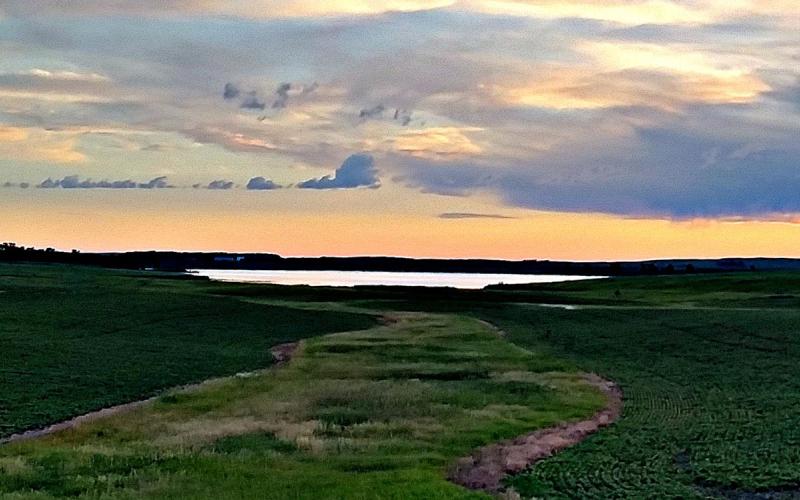
Impacts in Water & Cropping Systems
SDSU Extension’s agronomy team works to boost farmers’ yields and profits by providing access to research-based information, resources and local agronomic information.
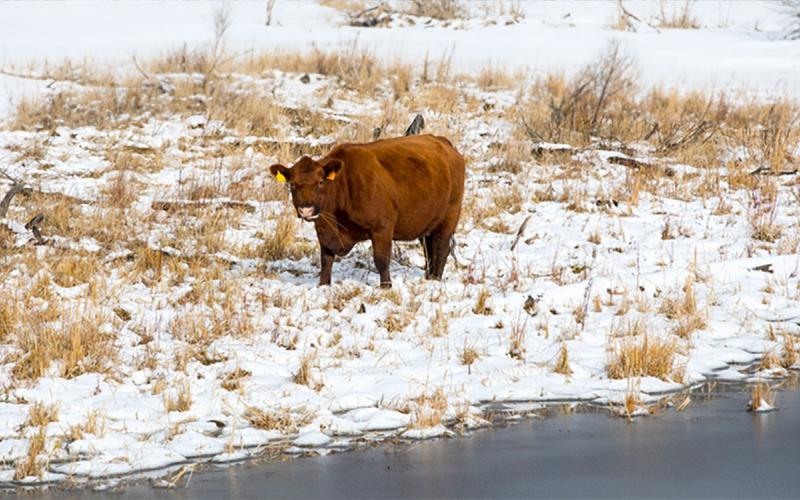
Icebreakers: Winter Water Supply
Cold weather creates a challenge for producers who house their herds in areas where there are limited water resources and available natural water sources may be frozen over.

SDSU Extension welcomes new water specialist
November 28, 2023
South Dakota State University Extension is pleased to welcome Sushant Mehan as a new Water Resource Engineer Specialist and assistant professor.
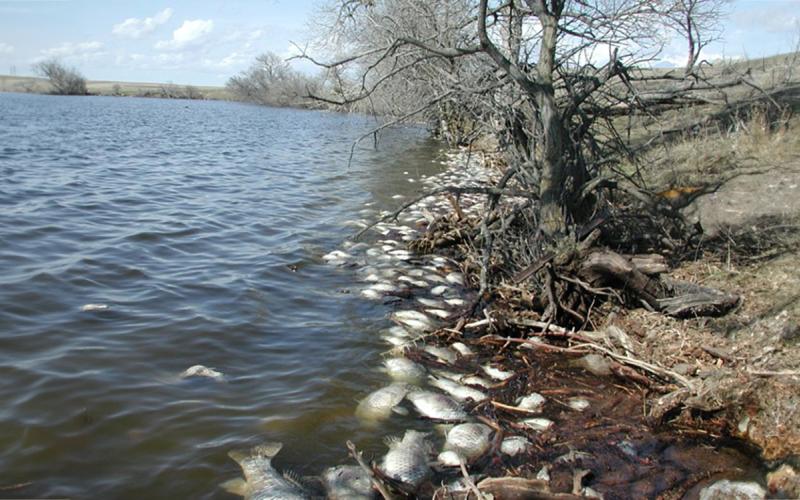
The Most-Common Cause of Fish Kills in South Dakota
There are many ways for fish kills to occur in freshwater lakes, but the most-common cause by far is dissolved oxygen depletion. Learn about some of the seasonal and environmental factors that can lead to oxygen depletion.
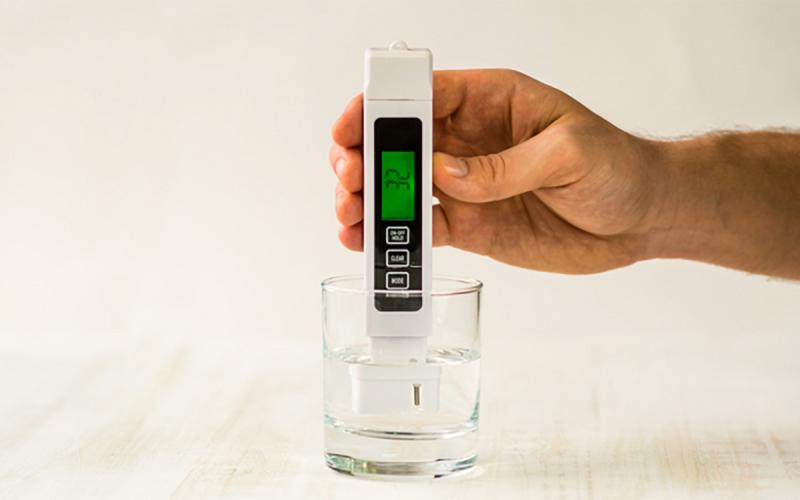
Interpretation of Water Analysis for Livestock Suitability
Fact sheet to help decipher both the results of a “quick test” and laboratory analysis for livestock suitability.
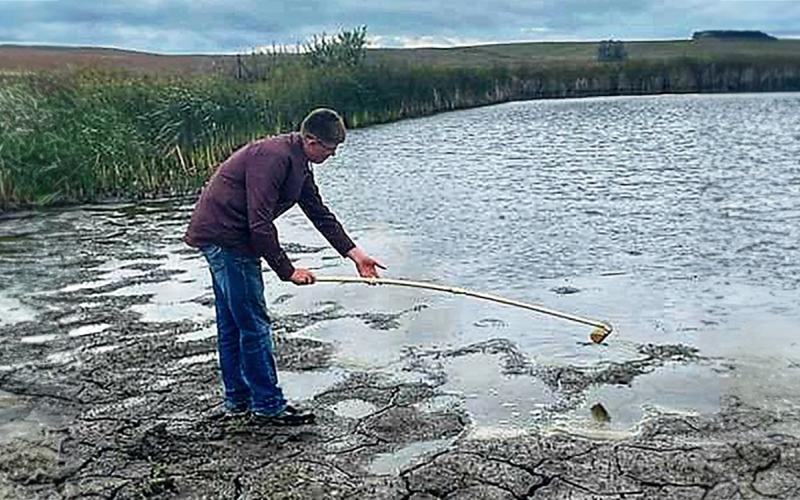
Performing a Field Test for Livestock Water Quality
Learn how to use some simple, readily available tools that can help analyze the quality of your livestock water sources right in the field.
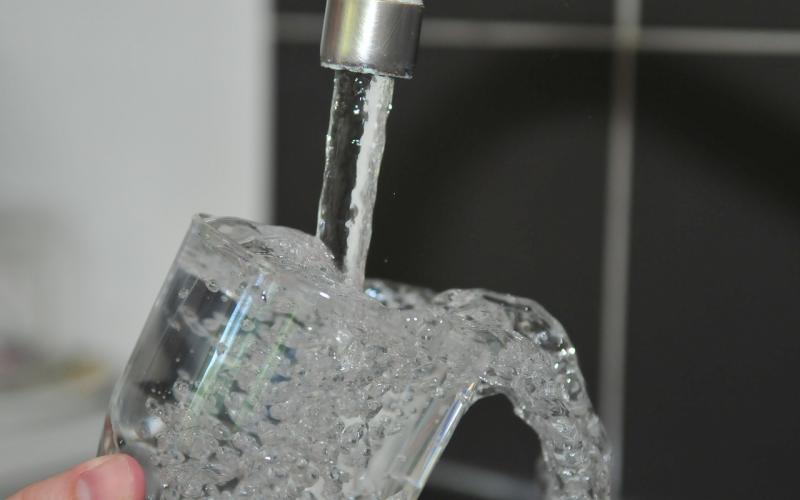
COVID-19 and Home Water Use
There have been questions regarding spread of the virus that causes COVID-19 through drinking water.
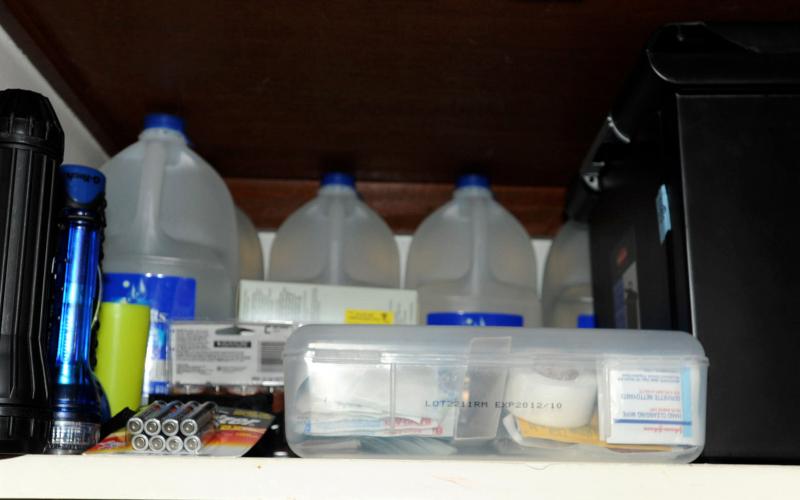
Food Safety: During & After Flooding
In the event of flooding, having a plan in place for food safety is beneficial. Knowing how to determine if food is safe and how to keep food safe will help reduce the potential for food waste and reduce the risk of foodborne illness. Here are some tips to keeping your food safe.
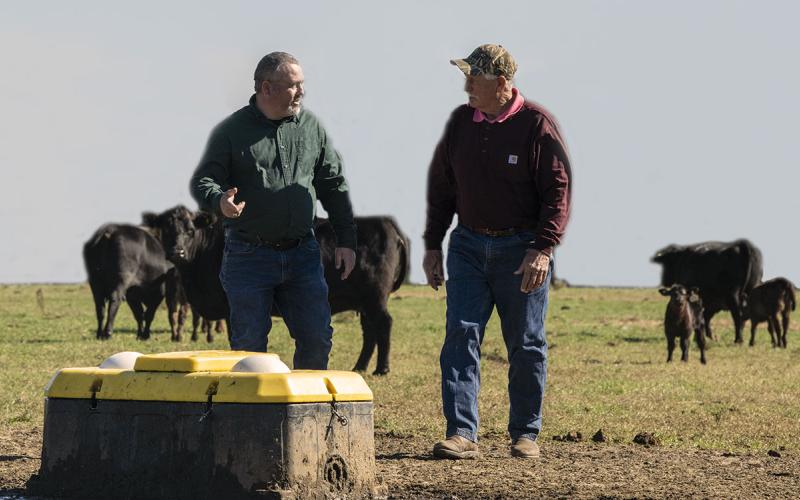
Water Monitoring Systems for Livestock
Depending on animal locations, checking water tanks can require hours of labor and significant fuel costs for remote pastures. Water monitoring systems offer producers a convenient way to check the status of the water sources remotely.
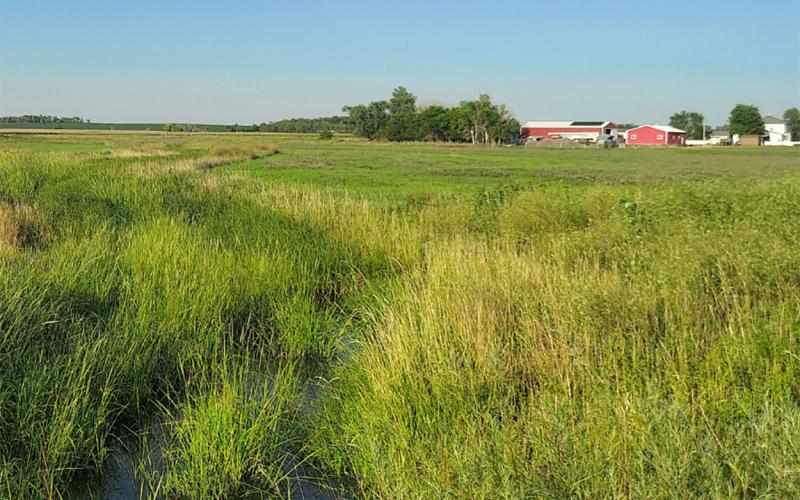
2023 Marks the 10-Year Anniversary of the Seasonal Riparian Area Management Program
The Seasonal Riparian Area Management program has partnered with landowners to maintain healthy riparian areas to address common water resource concerns and improve water quality in streams, rivers, and lakes within the Big Sioux River watershed.